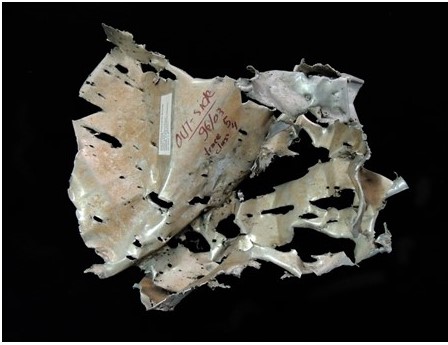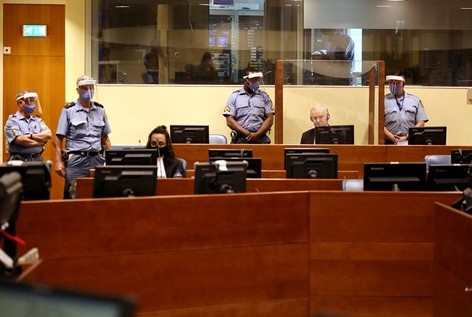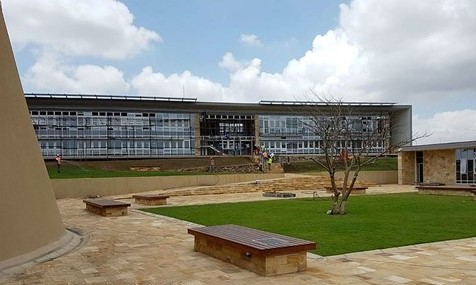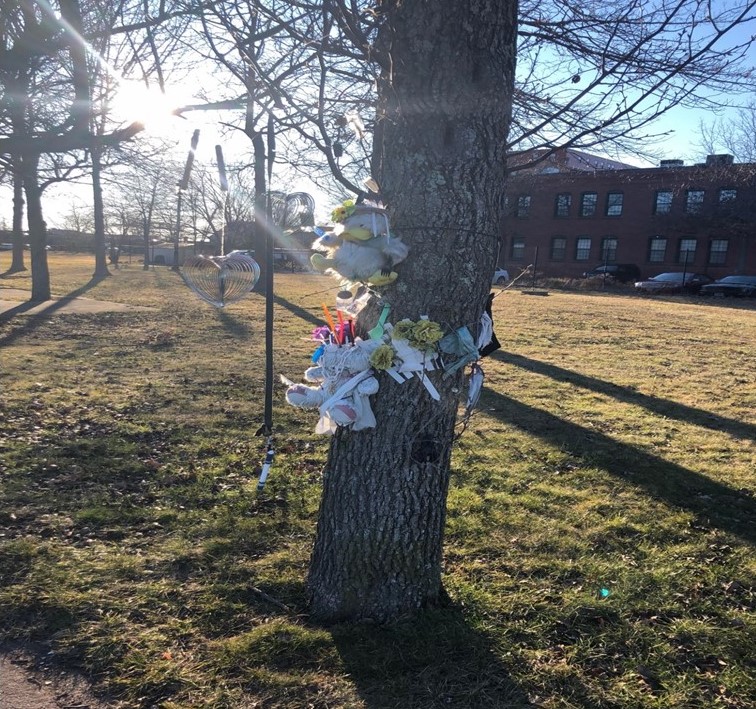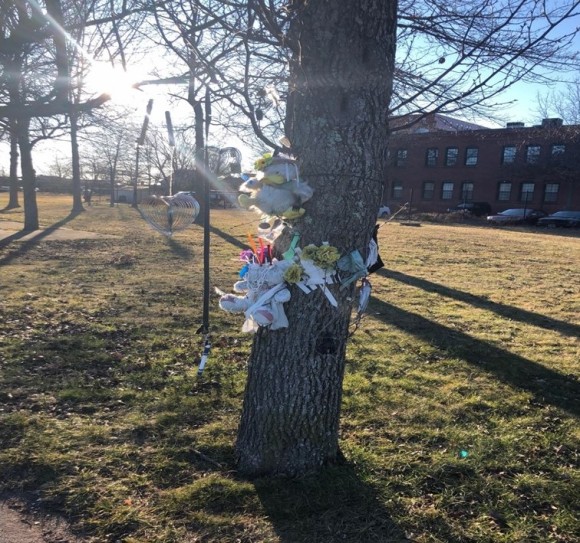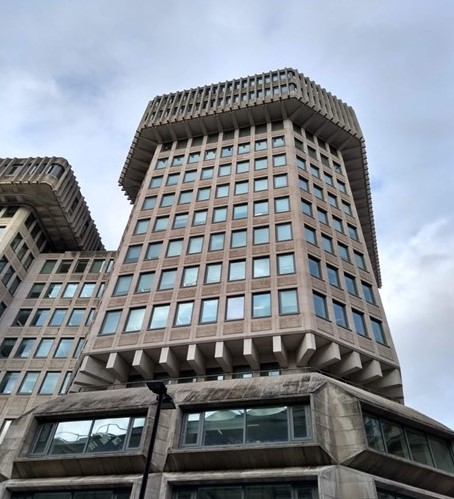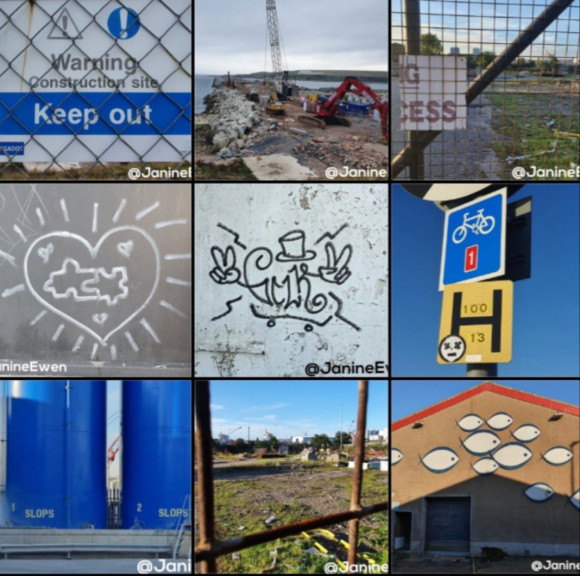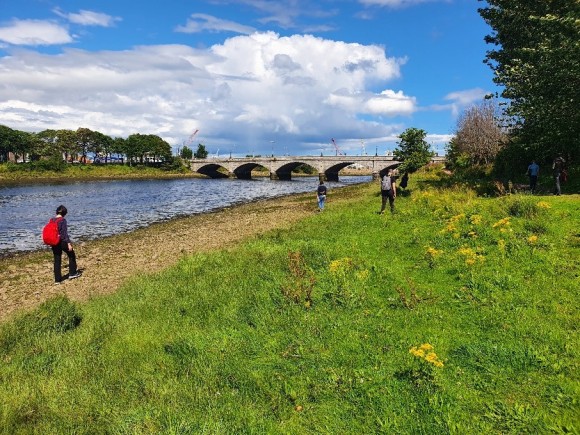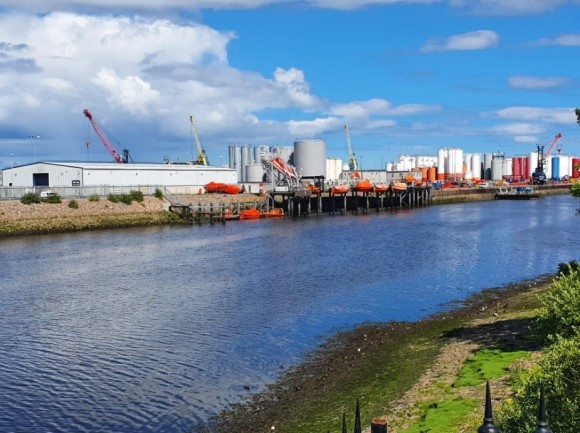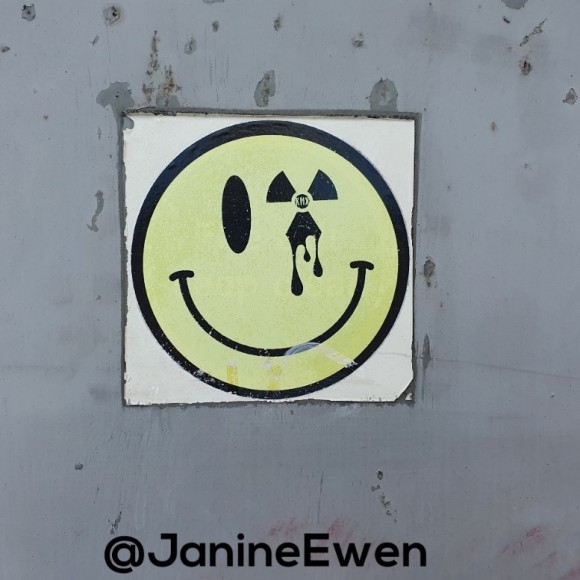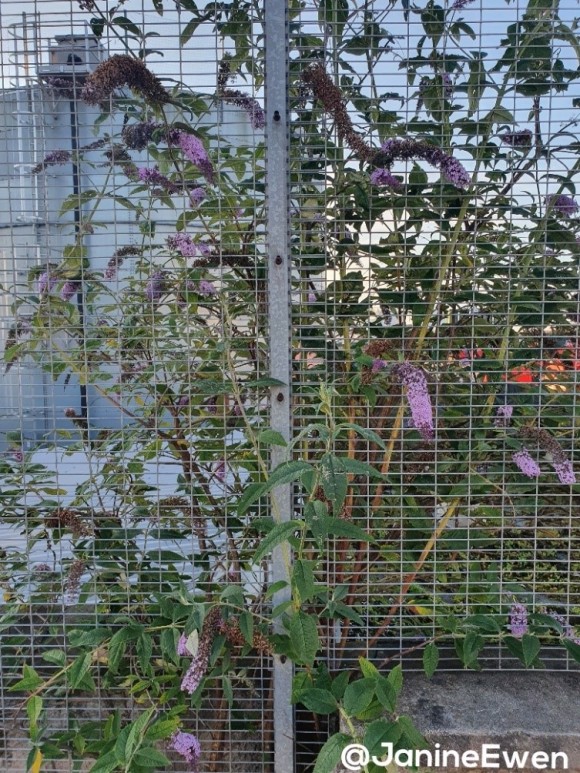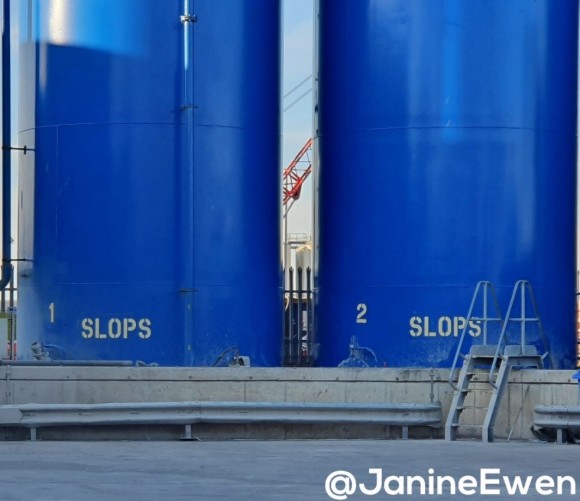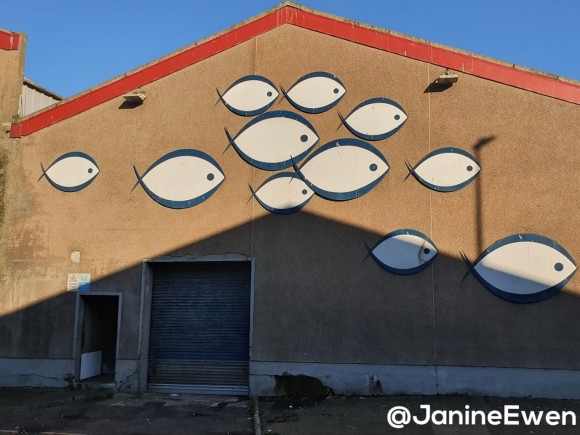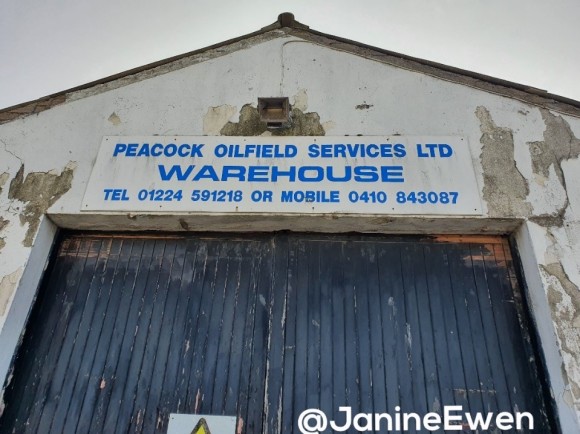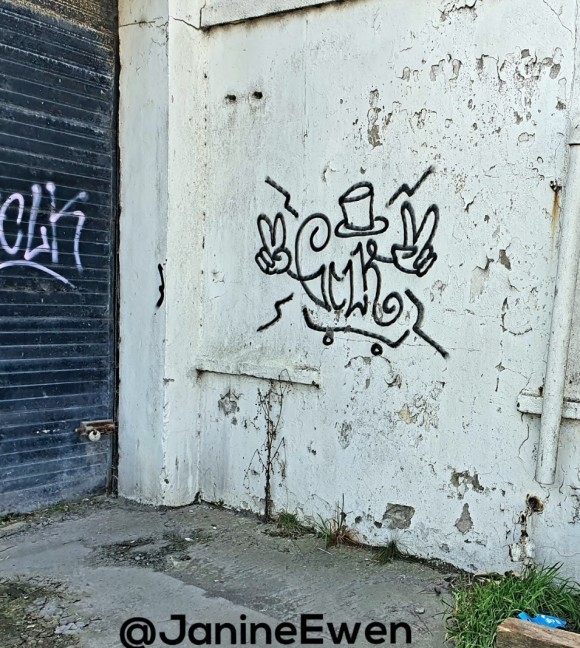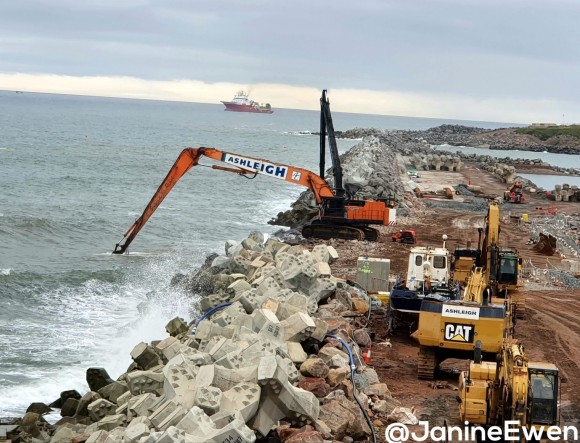Beth
‘you were so afraid
of my voice
I decided to be
afraid of it too’
-rupi kaur, Milk and Honey
Recently, whilst designing a research project, I decided to look back on and examine my own experiences of participating in criminological research. I wanted to reflect on how we design and conduct research, bringing in knowledge of how it feels to be on the other side of the screen. I am a victim-survivor of abuse and have taken part in a small number of academic projects relating to this over the years. As I have only taken part in online interviews, and with an awareness many victim-survivors will experience the process differently to the way I do, I decided to investigate, and this is where I discovered a gaping hole in our conversations. There is plenty written about ‘ethical’ practice with victims of crime (Newman et al, 2006; Burgess-Proctor, 2014), how academics experience conducting their own research (Rice, 2009; Ross, 2017), and how methods may be experienced by participants (see Hlavka et al, 2007 and Campbell et al, 2009). But notably, almost all of this is written by and filtered through researchers, usually based on post-interview questions about the participant’s experience of the process. I question the effectiveness of this. How freely can those who have just sat in their vulnerability critique those imbued with more power? Participants do not have the same space to communicate for themselves about their experiences of taking part, and it seems that this has resulted in the loss of some of the nuance of emotions and sensations that taking part in research as a victim of crime can elicit.
Your research projects come into our lives suddenly and unexpectedly. Most often this is via a social media post, perhaps seen on a Saturday afternoon whilst I am sat with my family. There is a juxtaposition in this, the softness and warmth of my home against the harsh reminder of the world that exists outside of and prior to this new reality I have created. The pain which permanently exists under the surface is brought to the fore. But something about the research draws my interest and makes me stop, or go back to it. Curiosity perhaps. Most people don’t want to hear about my past, my existence is too uncomfortable for them to acknowledge and so they strip it from me on my behalf. We don’t have to talk about that. But I want to talk about it, and suddenly my head is bursting with things I didn’t know I wanted to say.
The words are almost tumbling out as I type a controlled message offering my time. Tap, tap, tap. My finger hesitates over the little arrow before I hit send. An odd thing about participating in research as a victim of abuse is that alongside the desire to be heard, worry and shame creep in at this point. Worry because I now have all these things I want to say, and if they say no I will have nowhere to put them. I will be left scrabbling to contain them again. I know I will be disappointed because the child within who couldn’t speak now desperately wants to be heard. The shame sits in my having contacted this ever-so-important person at all. Abuse lies, tells you that you have nothing of value to offer. Shame is the feeling of taking up too much space, and of needing to squash yourself into the smallest possible version so as not to trouble anyone. I am probably wasting their time.
Something that often goes unconsidered when designing time or resource pressured research is how we will communicate with people if they do not fit our study, or if we have finished data collection. Sometimes these limits are framed as ensuring researchers are not ‘over collecting’ data so as not to upset people unnecessarily, which while intended to be ethical, is actually cruel in its denial. What may seem like an innocuous email to say no thank you, might be experienced as deeply painful to someone who has already given something of themselves. If it has to be, effectively communicating why the decision has been made alongside a sincere acknowledgement that you appreciate them taking the time to get in touch can make all the difference to someone who has been repeatedly told they are not enough.
But in this case they say yes, and the interview is arranged. The screen flicks on, and the things most immediately apparent to me are that I am not in control, and the attention is entirely on me. In a way which is hard to put my finger on this feels reminiscent of the crimes I experienced. The distance through the screen mimics the disconnect I once felt with the world around me. The invisible bubble. The Untouchable. Suddenly I am acutely aware of the chair digging into my back, of not knowing where to put my arms and legs. Everything feels wrong. I feel myself shift uncomfortably whilst I try to project the image that everything is okay. Smile. That’s what ‘in control’ looks like, right? Is it? I can’t quite remember. Adrenaline floods my body; I can hear my heartbeat and I can feel that I am shaking slightly. Thump-thump, thump-thump. I clench my muscles in an attempt to regain some control. All of my senses tunnel in on this interaction, and everything else around me almost ceases to exist. There is an eerie stillness in being hyperaware of your breathing, of the tenseness in your body, in perceiving the other person, offset by the relative silence around me as my brain mutes out background information. But I want to do this. I focus on the questions, and on saying what I want to convey. Time and space begin to contort as I narrate both in the then and the now.
I wonder what the researcher sees in this moment. I suspect not much. Many victim-survivors, especially adult survivors of childhood trauma, are experts at masking pain. We often hide our experiences for many years, learning as children to live in disguise. Online research makes it easier for me to mask my distress. I can position my screen so that all you see is my face. So that you don’t witness the shaking, the shifting, the fiddling with a piece of Blu Tack. Abuse taught me how to disassociate my mind from my body, and I subconsciously do that now. I have learnt to mute myself, to deny my own physicality. I have learnt to silence myself before I am silenced, as a form of control. To exist in a half form so that I might be palatable.
Researchers may develop a strategy for managing participants distress, but in order to implement this we need to have perceived it. This can be difficult if someone is not visibly upset. Using Fricker’s concept of ‘hermeneutical injustice’ (2007), it is hard for me to communicate my experiences in a way which others will understand without showing them the physical effect on me. Abuse is inherently sensory, I can explain it only in how it felt, in sounds, and smells. Without this framework it is hard for others to comprehend, but this level of detail can be hard for researchers to hear, and so many reject it. ‘I don’t want you to get upset, shall we stop’, centres the researcher and inadvertently communicates that this may be becoming too much for you. That you want to stop. For me, my becoming upset isn’t necessarily a negative thing. In fact this may be one of very few spaces I can express myself in an authentic way. ‘Remember that this is your space, we can do whatever you need ’ communicates that the participant is in control, and gives someone whose “no” has previously been ignored permission to advocate for themselves. To be present in their whole form. To exist.
Afterwards the adrenaline floods out of my body, like a tidal wave has crashed and dissipated, leaving me tired and drained. But this experience has also felt freeing; I have put down some of the heavy stones which I carry. Brené Brown once said that “shame thrives on secrecy, silence and judgement. Shame cannot survive being spoken” (2012). In the very act of speaking, in a scenario where I have the safety of remaining anonymous, some of the shame I feel has been drawn out and leached. I have released it, and it less so belongs to me. Each time I speak, my body feels a little lighter to inhabit. I feel proud, and the warm swell that starts in my chest grows and spreads down each arm and into my fingertips. I feel bigger somehow, like an unfurling, and it is one of those rare occasions where it feels good to take up space. To have grasped at power in the choice of speaking. Of, in some small way, helping those who will come after me. In this moment I feel strong, and defiant.
Something that has come to interest me is the question of whether there is a risk that participants may feel emotions ‘outside of normal experience’, and I wonder who’s experiences we are using to define ‘normal’? To those who have not experienced trauma, what I have described would seem to be ‘outside of normal experience’. But I exist within and navigate this space every day. When I watch a film or go online, I do so knowing that I could be confronted with abuse at any time. I go out in public knowing that men will sometimes stand a little too close behind me. I have learnt to navigate and manage these things because abuse is a life sentence. I will never cease to be a victim-survivor. There is an arrogance in the assumption that I do not live with my experiences outside of academia’s research interests.
My identity has been forcibly and irrevocably changed, but that does not mean that I will never be in a position to talk about my experiences. Yes, talking about it is painful, but the silencing hurts more. Returning to Fricker’s work (2007), there is violence in the testimonial injustice inflicted on those who have experienced abuse, in the academy’s refusal to accept our right to frame our own narrative and make our own decisions about our ability to participate safely. The chokehold of his hand and of his threats now manifests in the chokehold of others’ discomfort, and in my fear of being cast out. The body has an horrendous ability to remember and replicate the bodily sensations of being silenced. And so important things remain unspoken, and I remain unseen. Being told my truth cannot exist in the world because of someone else’s perception of what is an ‘acceptable’ level of emotion is akin to having my voice removed once more. It is the imposition of power, of being spoken for, in others attempts to manage ‘risk’.
As soon as I was made a victim of abuse my entire existence became defined by risk. My risk of poor mental health. Of relationship breakdowns. Of chronic illness. Nothing is ever defined in relation to my strength. My power. My capacity to create change. I am an adult with the rights to make my own decisions, and I can assure you that victim-survivors do not speak without careful consideration and assessment first. Finding the balance is tricky, but in our desire to protect our participants we must also take care not to stifle those who want to speak, because of our failure to confront our own discomfort and fear. If you are not prepared to hear then do not do research with victims of crime, or you will compound and become complicit in the violence of our forced dissonance from the self.
Going back to rupi kaur’s poem, every day I become less afraid of my own voice. But in it’s assertions that it is acting in my best interests, I feel deeply the silencing and rejection from an academy which is afraid of hearing me.
Reference list
Brown, B. (2012) Listening to shame. [online video] Available from www.ted.com/talks/brene_brown_listening_to_shame/transcript?language=en
Burgess-Proctor, A. (2014) Methodological and ethical issues in feminist research with abused women: Reflections on participants’’ vulnerability and empowerment. Women’s Studies International Forum, 48.
Campbell, R., Adams, A., Wasco, S., Ahrens, C. and Sefl, T. (2009) Training Interviewers for Research on Sexual Violence: A Qualitative Study of Rape Survivors’ Recommendations for Interview Practice. Violence Against Women, 15(5).
Fricker, M. (2007) Epistemic Injustice: Power and the Ethics of Knowing. Oxford: Oxford University Press.
Hlavka, H. Kruttschnitt, C. and Carbone-López, K. (2007) Revictimizing the victims? Interviewing women about interpersonal violence. Journal of Interpersonal Violence, 22(7).
Kaur, R. (2015) Milk and Honey. Missouri: Andrews McMeel Publishing.
Newman, E., Risch, E. and Kassam-Adams, N. (2006) Ethical Issues in Trauma-Related Research: A Review. Journal of Empirical Research on Human Research Ethics, 1(3).
Rice, C. (2009) Imagining the other? Ethical challenges of researching and writing women’s embodied lives. Feminism and psychology, 19(2).
Ross, L. (2017) An Account from the Inside: Examining the Emotional Impact of Qualitative Research Through the Lens of “Insider Research”. Qualitative Psychology, 4(3).
